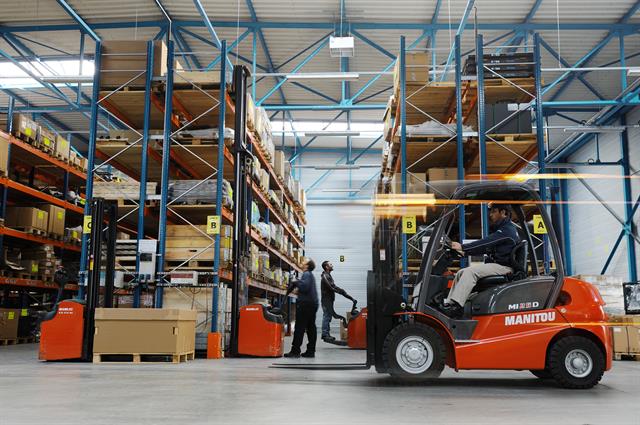 Stuart Taylor |
Stuart Taylor is a director of Mentor FLT Training Limited's Performance & Risk Management division. Mentor is the UK's leading provider of training and associated services for all types of materials handling equipment and workplace transport.
Warehouse staff are only human. Shifts can be long; the work hard, repetitive and - dare I say it - not always exciting. So it is quite understandable if employers offer financial incentives to keep people focused and giving their best.
But pick rate bonuses - particularly those that cover whole sites and include management - need to be handled with care. If the result is an incentive to cut corners, overlook best practice and turn a blind eye to risks in the name of getting the job done fast, the real costs are likely to dwarf the bonus payments themselves.
Let's look at the real costs when staff work at panic pace:
 The cost of actually running materials handling equipment usually far outweighs the purchase or rental price. |
Dropped palletsIf staff get careless, it's reasonable to expect an increase in pallet handling accidents. The cost of writing off a pallet of stock will vary enormously between sites, but some factors will always remain: expensive time lost to clean-up and restocking, an entire aisle being out of commission, and re-site and recycling costs. Each dropped pallet costs a four-figure number, at least.
What's more, there are important intangible costs, like your reputation. How many delayed or damaged deliveries will it take before your client takes their custom elsewhere?
Trucks, racking and stockBumps and scrapes really add up. Bills for forklift damage can be eye-watering at contract renewal time: easily GBP100,000 on a decent-sized fleet.
And that's not even counting the cost of repairs during the contract itself, the lost time and productivity. Where there's damage to a truck, there's certain to be damage to racking and stock, too.
According to I.D. Systems, a provider of fleet management systems, for every pound spent repairing a forklift, GBP5 will be spent on those associated costs on average (although some companies can spend much, much more.)
We know of companies which regularly write off millions each year in racking repairs, while it's common for individual sites to simply accept annual, million-pound bills for stock damage.
Some managers are incentivised to keep damage down, which is a good start, but it's usually based on a static figure, and rarely linked to any kind of improvement. The implication is clear. Businesses believe damage costs are expected: an unavoidable overhead of the job.
They're not.
In fact, most businesses can cut everyday damage costs by at least 70%. And the biggest single factor is the attitude and behaviour of your warehouse team.
Running costsThese days, the cost of actually running materials handling equipment usually far outweighs the purchase or rental price. Simple things like fuel, tyres and brakes can make a huge difference - and a study by Mentor Training showed that keeping to best practice can slash these costs by a third.
What's more surprising is that the study also proved that working in a safe, planned and highly skilled way is actually every bit as productive as working in a short-term rush.
Further research from I.D. Systems confirms this: those operators with the highest levels of impact damage will, generally, have the lowest levels of productivity.
Working at frantic speed may look good, but it means mistakes; in fact, it's every bit as effective to do the job right first time.
A sensible approachThere's nothing wrong with pick rate bonuses. But they need to be managed carefully, and used in a strategic way that rewards real productivity, reduces costs, and is linked to an achievable path of continuous improvement.